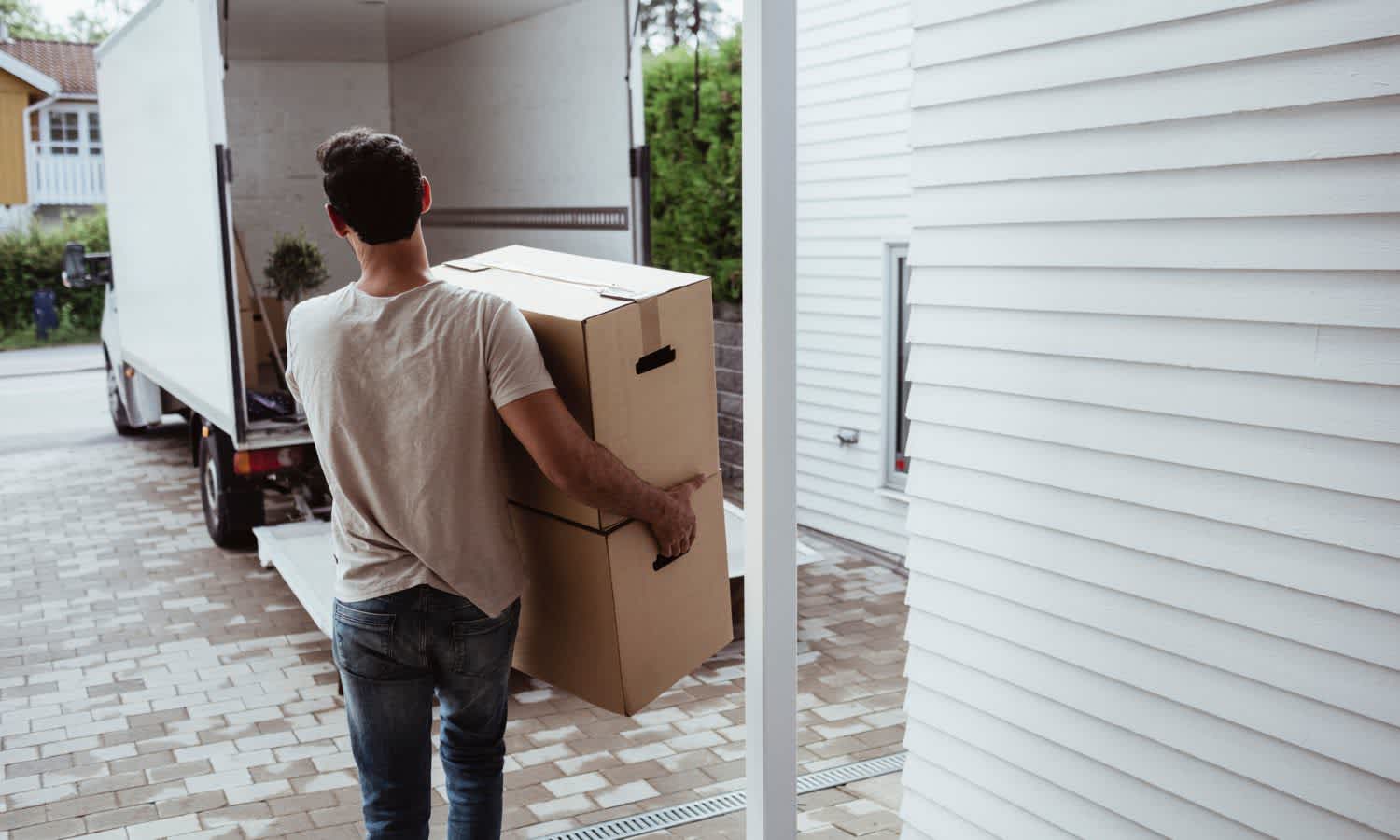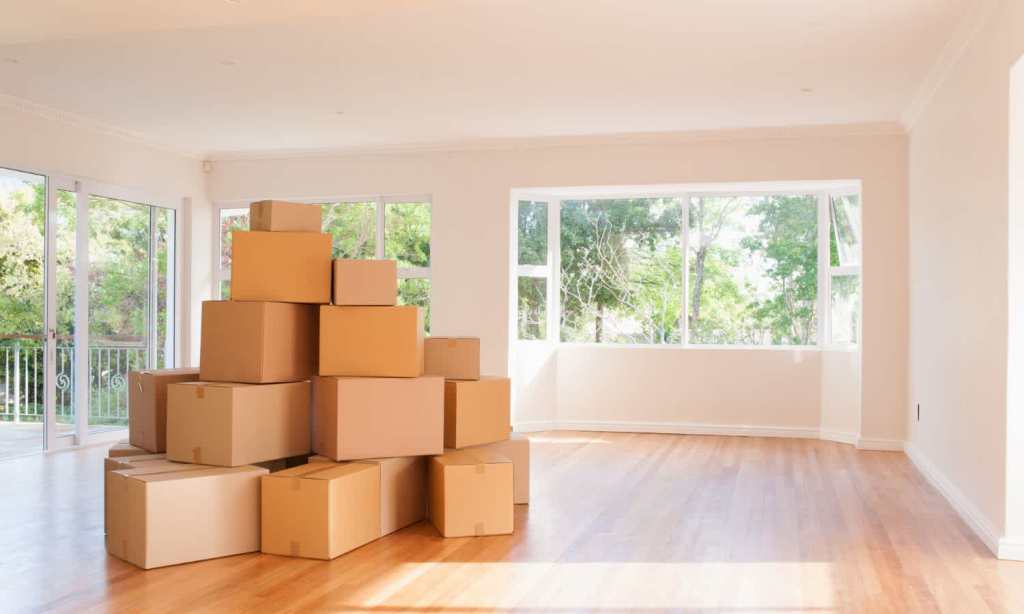As exciting as moving can be, it can also be a real pain.
Every single time I’ve moved, I’ve always underestimated how much stuff I had. Even when I lived in university dorms and took up only one-half of a room, I was surprised at how many clothes, toiletries and general knick-knacks I had to pack away. I hadn’t started until the day of, so it took hours to get organised. Suffice to say, I learnt that when it came to moving, I should always plan and get myself sorted far in advance.
“If packing for yourself, start packing non-essential items a few weeks prior,” says professional organiser Jo Carmichael of All Sorted Out. “Non-essential items would be the dinner set you only use at Christmas, out-of-season clothes, sports gear, decorating items and books. Keep out the things you’re currently using, and pack those last.”
Carmichael says the worst thing she’s seen people doing when it comes to moving is asking their friends and family over to help. “They arrive only to start drinking and talking, instead of boxing things up or unpacking,” she says.

Ahead, Carmichael shares four other packing tips to help make your move that much more seamless.
Get Rid of Things Before Packing
As mentioned, even if you’re packing up a single room, you’ll still want to plan in advance. Part of that means taking the time to cull items you no longer want, let alone want to pack and then unpack.
“Most children quickly outgrow their clothing, shoes and what they play with,” says Carmichael. “Culling the outgrown clothing and items they don’t wear or use makes it easier to pack, unpack and, ultimately, get dressed. If outgrown clothing is being kept for a younger sibling, then bag it up, and label with the younger child’s name and the size of clothes.”
Pack Like Things Together
Next tip: packing like things together.
“Packing glasses with glasses means they fit into the box more efficiently and saves space,” says Carmichael. “When packing fragile items we pad up the bottom of the box with a bath or beach towel — to prevent breakages. Packing like with like makes the unpacking easier, too.”
Label All Your Boxes
Once you’ve filled up a box and tapped or closed it shut, you’ll want to label it. Doing so means the correct box will go straight to the correct room, making it easier to find things and, therefore, unpack.
“For example, it’s annoying if the kitchen boxes — which are generally heavy — are sent to your bedroom on the top floor of a multi-story home,” says Carmichael. “If you are moving the boxes yourself, it is also exhausting and a waste of effort.
“If you have the luxury of a removalist to lug the boxes, it will be a waste of their time and will be costing you extra money. They also get a bit cranky when moving things unnecessarily — they have a job to get done.”
Carefully Pack Clothes and Shoes
Finally, when it comes to packing clothes, Carmichael suggests using a portable wardrobe for clothes already hanging up on clothes hangers. If you’re able to do multiple car trips, you might also want to consider carrying the items still on their hangers into the car to load onto the back seat or passenger seat.
“Keeping clothes on their hangers makes them super quick to unpack, and they don’t crease,” says Carmichael.
For clothes that are in drawers or on shelves, Carmichael suggests placing those in a box with a few sheets of paper to separate the contents of different drawers. And for shoes? Wrap those in butcher’s paper as it’ll keep them from scuffing, as well as make unpacking super easy.
Read more stories from The Latch and subscribe to our email newsletter.







